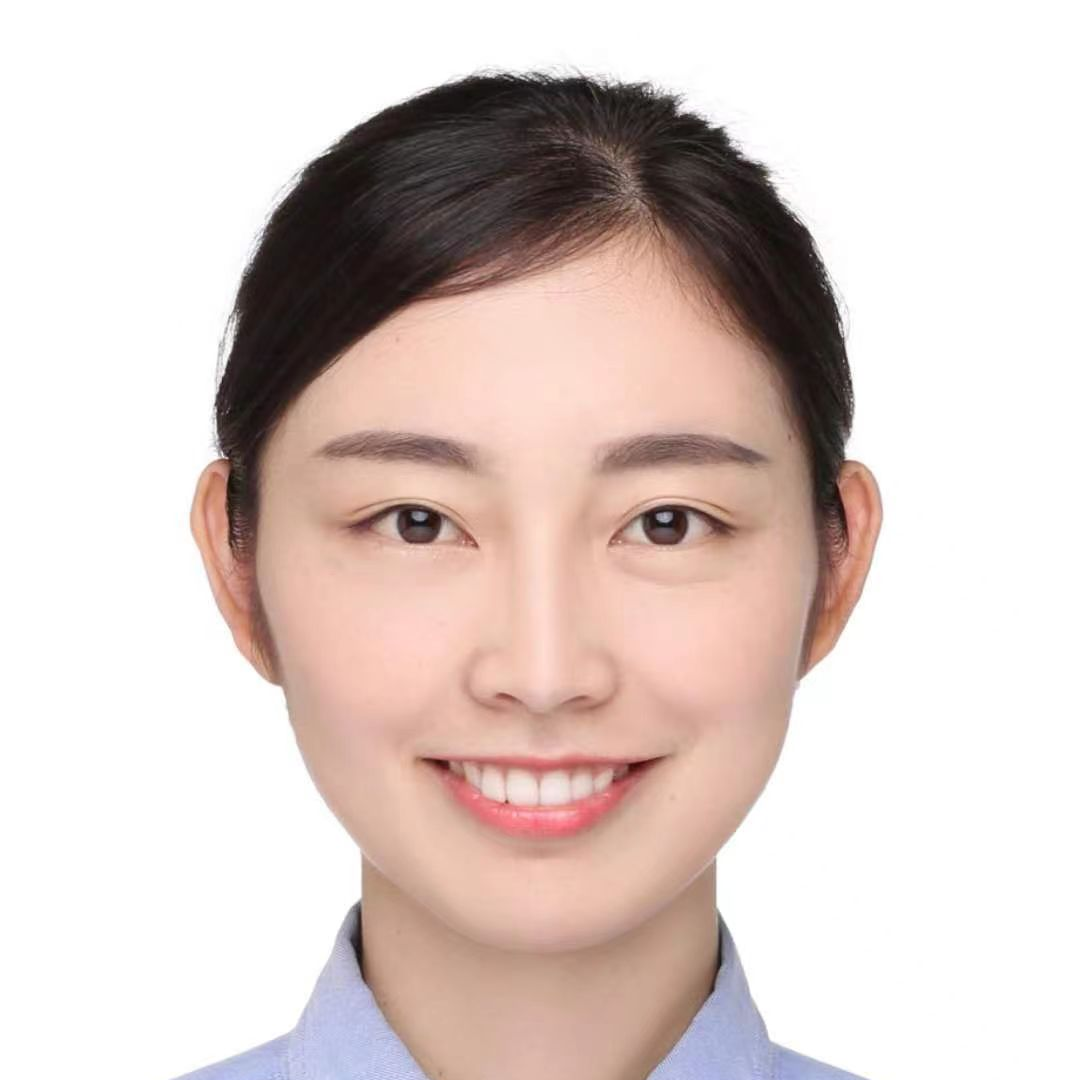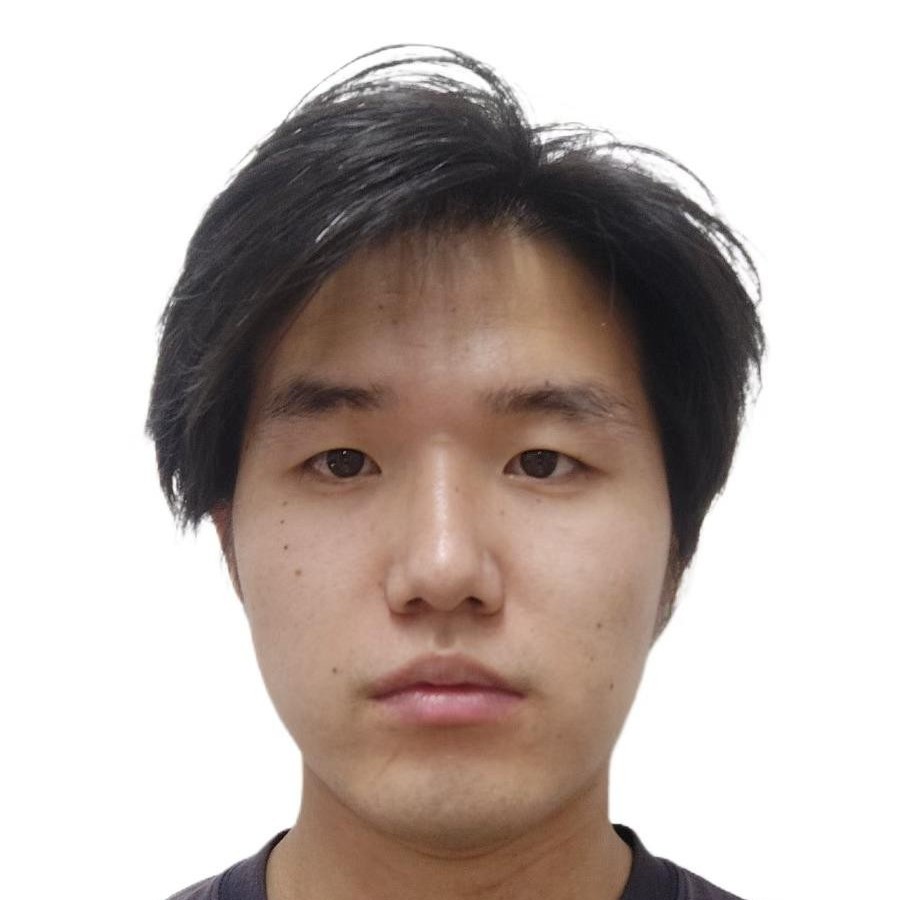Challenges
The ODIN workshop is proud to host several exciting challenges that push the boundaries of dental imaging and analysis. These challenges provide researchers with unique opportunities to develop and test their algorithms on real-world dental imaging datasets, fostering innovation and collaboration in the field.
Challenge Winners Announcement 🎉
The winners for the ToothFairy3 challenges are out! View the results at the official Grand Challenge page here.
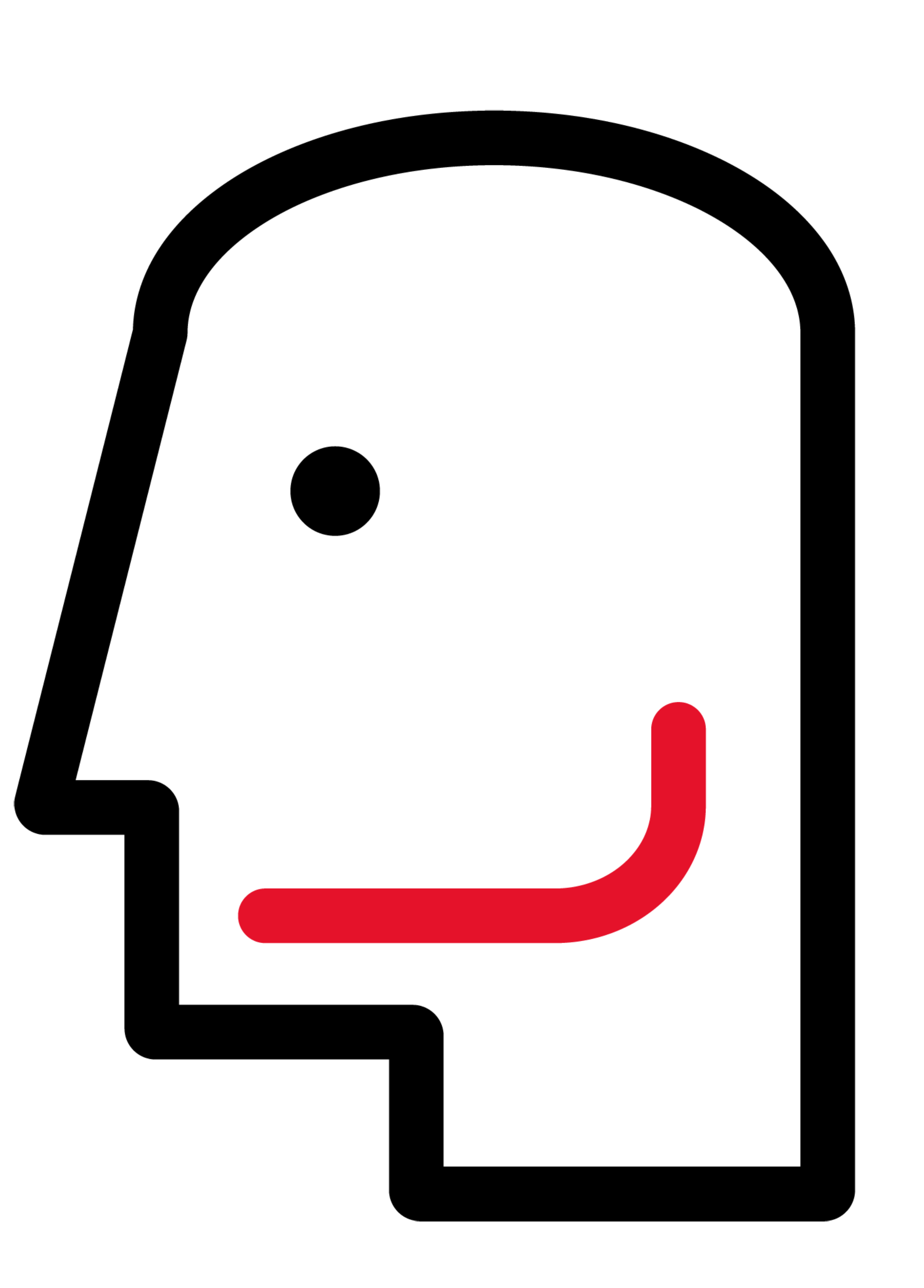
ToothFairy3: Fast Multi-Structure Segmentation in CBCT Volumes
The use of Cone Beam Computed Tomography (CBCT) is growing in dentistry and head, neck, and maxillofacial surgery due to its short acquisition time and low radiation dose while maintaining excellent anatomical visualization. ToothFairy - MICCAI2023 focused on segmenting the Inferior Alveolar Canal (IAC), a critical mandibular structure in surgery. ToothFairy2 - MICCAI2024 expanded segmentation to 42 anatomical classes, including the mandible, teeth, maxillary bone, and pharynx, supporting surgical and clinical applications. With ToothFairy3 - MICCAI2025, we aim to enhance deep learning segmentation in CBCTs by increasing publicly available 3D-annotated scans and adding new classes (e.g., pulp chamber, root canals, incisive nerves, lingual foramen, totaling 45 classes). Given ToothFairy2's strong results, our 2025 challenge introduces more complex structures and prioritizes both segmentation accuracy and algorithm efficiency, making time a key evaluation criterion for real-world clinical integration.
Prizes
Organizers

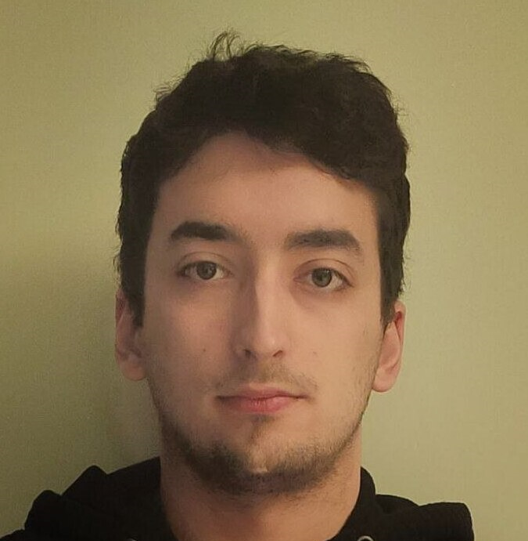


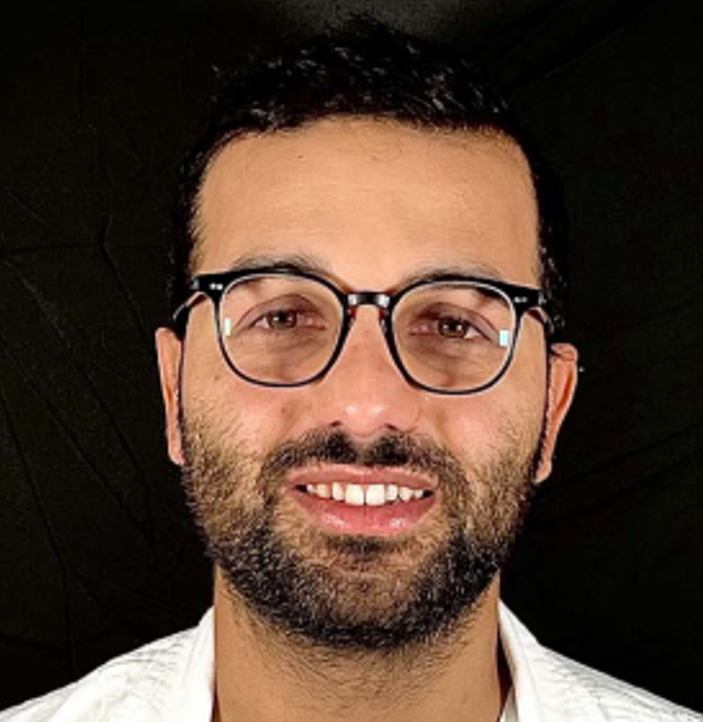







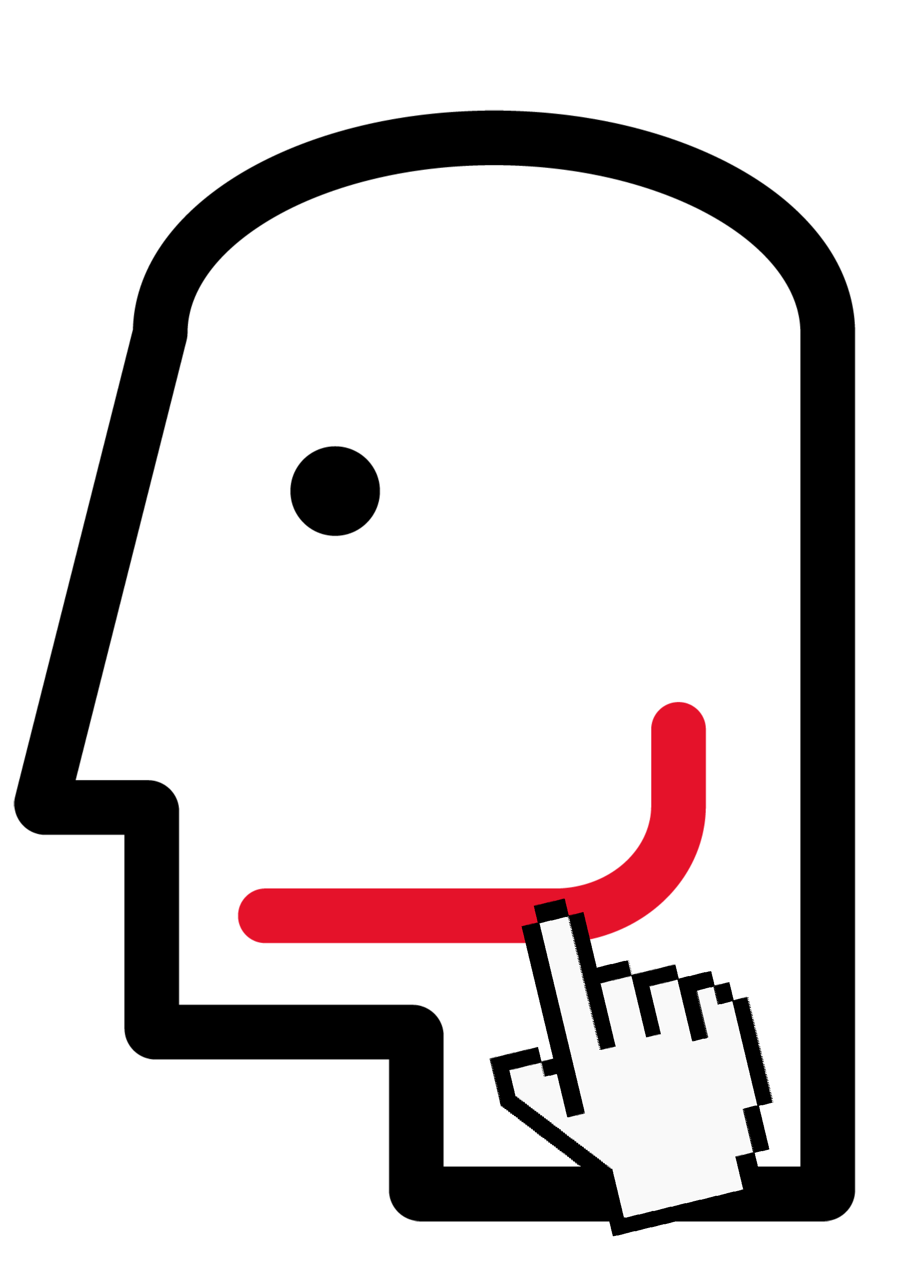
Interactive Segmentation of the Inferior Alveolar Canal in CBCT Volumes
The Inferior Alveolar Canal (IAC) is a vital mandibular structure essential for dental and surgical procedures. Accurate segmentation in Cone Beam CT (CBCT) scans is challenging due to its fine detail and patient variability. Fully automated models have shown promise but lack the clinical accuracy needed. To address this, we propose interactive segmentation, using user clicks to refine results. This approach enhances accuracy with minimal input, supporting clinical feasibility and high-quality dataset creation. Our interactive segmentation task invites participants to develop click-based models, leveraging emerging foundation models to advance IAC segmentation and improve surgical planning.
Prizes
Organizers













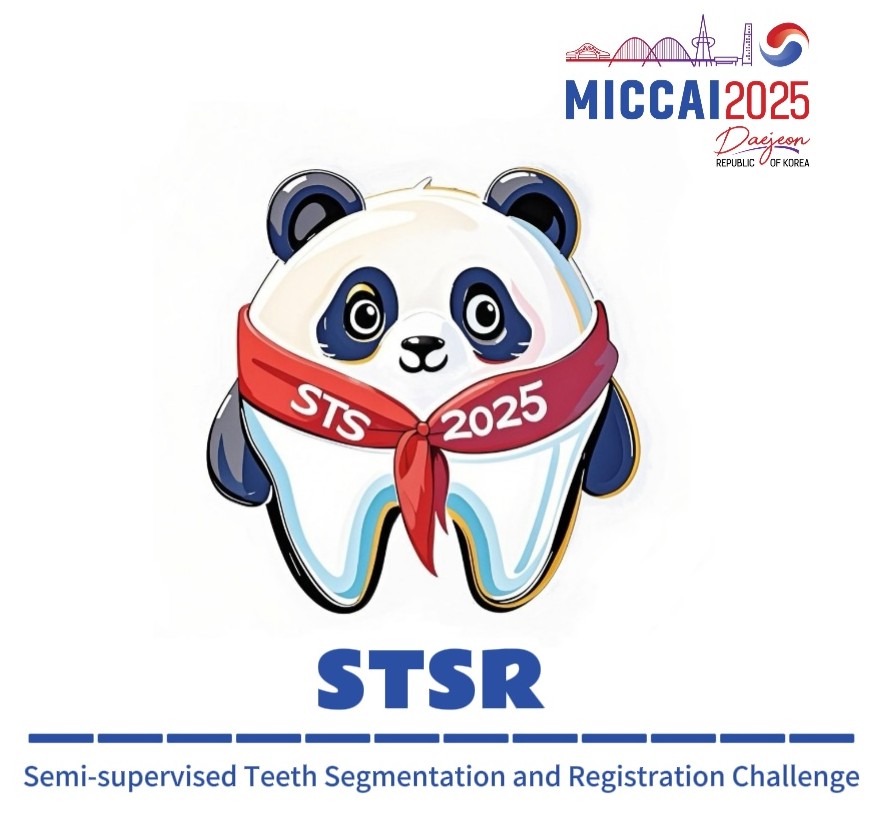
STSR: Semi-supervised Teeth Segmentation and Registration
Computer-aided diagnosis tools are increasingly popular in modern dental practice, particularly for treatment planning or comprehensive prognosis evaluation. With the advancement of oral digitalization and three-dimensional scanning technology, cone-beam computed tomography (CBCT) and intraoral scanning (IOS) have been widely applied in clinical dental treatment. Intraoral scanning (IOS) models offer high resolution, relying solely on IOS data for treatment carries the risk of insufficient root information. Conversely, CBCT provides comprehensive information on both crowns and roots, but its scanning resolution is lower, and it contains more redundant information. Therefore, combining the two can better utilize their complementary strengths, enhancing the precision and efficiency of dental treatment. Furthermore, automated and precise evaluation of root pulp canals in CBCT images holds significant importance, as it can substantially enhance the precision and efficiency of root pulp canals treatment. Precise segmentation of the root pulp canal allows for a clearer visualization of its morphology, branches, and curvatures, facilitating the development of more refined filling strategies. However, the annotation of tooth root pulp canal regions in CBCT images is inherently labor-intensive, requiring a substantial investment of time and human resources.
Prizes
Organizers
